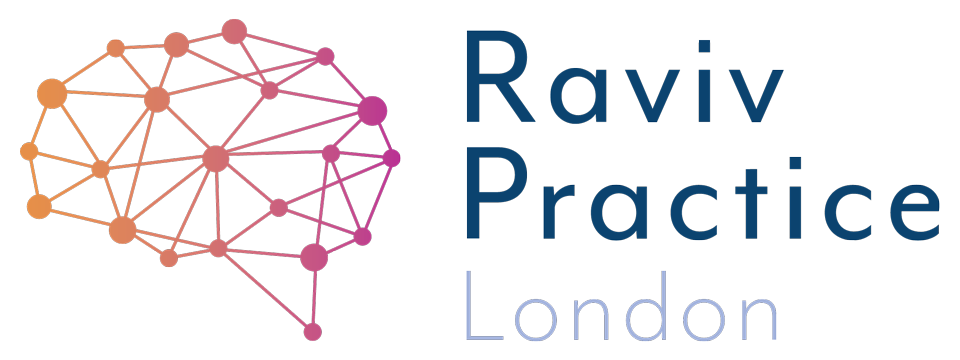Why does my nine-year-old still wet his bed?
“My nine-year-old is a very bright boy.. He is very popular with his friends at school and is ace at sports, especially skateboarding. But, with all his smartness, I still find his bed wet some mornings. His father is not happy – he thinks it is a sign of immaturity ”
Why does my nine-year-old still wet his bed?
When I hear something like this from parents – especially mums – the first thing I do is to inform them that this is not their child’s fault, nor is it something they can control. Instead, the problem lies with the child's physiological makeup.
After the parent sighs a big sigh of relief, they ask me if there is a cure for bed wetting. The good news is that reversing this problem is relatively straightforward and sometimes can take as little as three weeks.
“After nine months, the Spinal Galant matures and becomes part and parcel of whole body movement. It is when this does not happen that problems such as bed wetting can occur. ”
Why does a child wet their bed at night
The problem of bedwetting goes right back to the child's development before they are even born, the birthing process itself, and their early years. Bedwetting is related to an unintegrated Spinal Galant reflex, one of many key reflexes you can read more about here.
As the name suggests, Spinal Galant is a spinal reflex. It appears ten weeks in utero and is usually integrated by the 5th to the 9th month after birth. It is needed during the birthing process as it helps the unborn baby turn the body and head in a corkscrew motion down the birthing canal. After nine months, the Spinal Galant matures and becomes part and parcel of whole body movement. It is when this does not happen that problems such as bed wetting can occur.
“The Spinal Galant reflex, like many reflexes, has not disappeared but, in fact, becomes a building block for the next stage of development. ”
Why has my child’s spinal Galant reflex not matured?
Maturing of the spinal Galant reflex is a sign the reflex has served its purpose, and we refer to this as being in an integrated state. The Spinal Galant reflex, like many reflexes, has not disappeared but, in fact, becomes a building block for the next stage of development. Developmentally, the infant starts to build more resistance to gravity and adjusts to the world outside the womb. The role of the reflex recedes and allows for more sophisticated neural responses of how the spinal moves with the rest of the body.
At birth, if the baby was born via cesarean section or pulled out by vontuse, the natural corkscrew motion of moving down the birthing canal did not occur. This in turn means the developmental stage was interrupted. Each reflex must mature (be used at the right stage) and recede once its job is done. If this doesn't happen, the infant is responding to spinal movements involuntarily.
What are the characteristics of an unintergrated spinal Galant reflex?
When children come into my therapy studio for an assessment, I see a few things that are characteristic of unintegrated Spinal Galant reflex, which include:
Avoiding tight-fitting clothes around the waist (elasticated waist trousers or jogging bottoms are preferred.
Hyperactivity and symptoms of ADHD (the Spinal Galant reflex is often confused with ADHD)
Frequent visits to the bathroom
Poor walking gait, sometimes feet-dragging
Parents report:
bed wetting
the curvature of the spine
inability to sit still for periods.
Children with unintegrated Spinal Galant Reflex will not have complete control of their bowel or bladder, nor proper core control - this affects how the legs move and movement in general. Parents may bring their child in for a specific problem, such as bedwetting or signs of ADHD. The reflexes are interconnected, and the maturation of those reflexes that work together are all affected.
“MNRI is a therapy which only recently arrived in the UK. The Director of Raviv Practice London, NeuroCognitve Therapist Usha Patel, first championed it after a visit to Slovenia in 2015. ”
How do you intergrate the Spinal Galant Reflex
At Raviv Practice London, our programme of choice is MNRI Therapy, which stands for Masgatova Neuro-Motor-Sensory Reflex Integration. It is an evidence-based program that delivers results. It is a therapy which only recently arrived in the UK. The Director of Raviv Practice London, NeuroCognitve Therapist Usha Patel, first championed it after a visit to Slovenia in 2015.
If you’re interested in using it to help your child, here is how the process works:
Booking an informal chat (free of charge) over Zoom
Take a detailed developmental history (reviewed at no cost)
Book for a single assessment (includes a detailed report and exercises)
Follow on work is in consecutive weeks for 6 weeks at a time with weekly sessions and daily work (sometimes, the parents opt to return twice a week in severe cases).
Reflexes integrate by six months to 2 years, depending on the problem.
“Most children stop wetting their bed after two to three weeks of reflex integration work.”
When will my child stop wetting the bed
While the whole process takes 6 months to 2 years, the reflexes do not need to be fully integrated before the child starts seeing progress. Most children stop wetting their bed after two to three weeks of reflex integration work. In this time, we often see children who were affected by low self-esteem start to be bright and sparkly again!
If you would like help with your child’s bedwetting using MNRI, or would just like to learn more, please do get in touch.
Dyslexia? Dyspraxia? ADHD? ASD? Speech & Language? Developmental Delay? Anxiety?
Is every school day a struggle? As a parent, you may feel exhausted and on this journey alone. Each year you see the gap getting wider. You need to do something - change the approach, help your child learn for themselves, find a way to turn this around - to help while you can - do this NOW. the first step is free.
About the Author
Usha Patel is a Neurocognitive Therapist and Director at Raviv Practice London. Parents searching to help their suspected/neurodiverse child can get evidence-based solutions with results in as little as 8 weeks. Those in search of jargon-free help can get started straight away.



